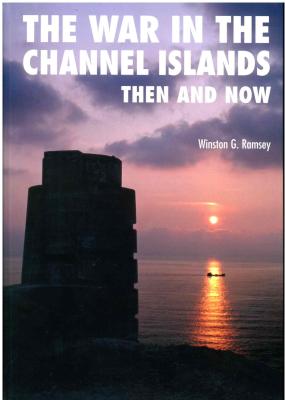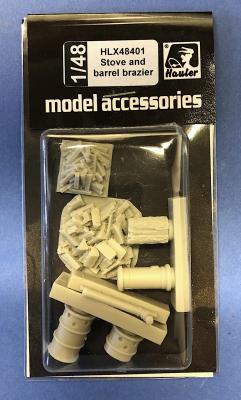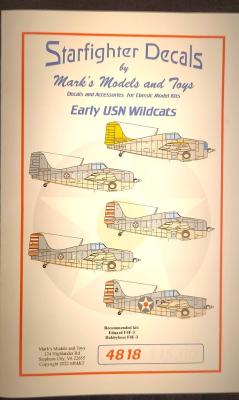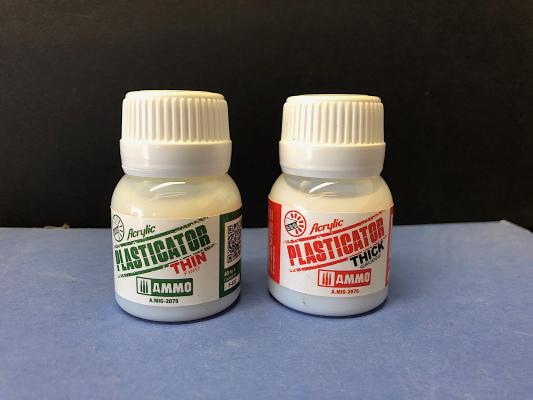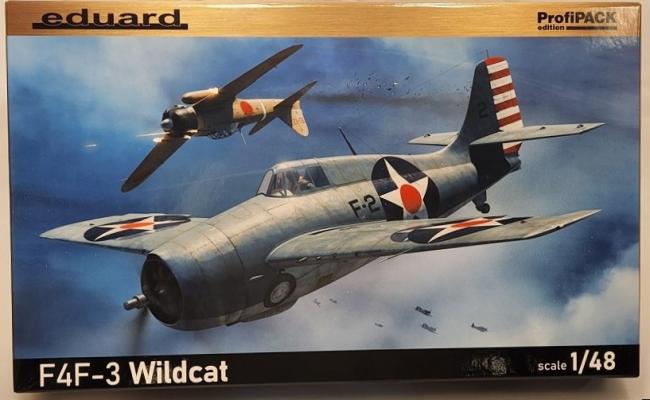The Channel Islands are an archipelago in the English Channel off the western French coast of Normandy’s Cotentin Peninsula, composed of two Crown Dependencies – the Bailiwicks of Jersey (the largest of the islands) and Guernsey, which consists of the islands of Guernsey, Alderney, Sark, Herm and some smaller islands. Historically, they are considered remnants of the Duchy of Normandy, and administered separately since the late 13th century.
Welcome to the IPMS/USA Reviews site!
Introduction: The primary organization of the IPMS/USA Review website is by IPMS/USA National Contest Class. Within each Class there are sub-menus by kits, decals, books, etc. The Miscellaneous Class is for items that are not class specific or that cross two or more classes.
IPMS/USA Members: We encourage you to submit reviews, both here and to the Journal. To volunteer for membership in the IPMS/USA "Reviewers Corps" and submit your own reviews, please read the Guidelines For Submitting Product Reviews.
Manufacturers, publishers, and other industry members: IPMS/USA is pleased to offer your company the opportunity for product reviews. All product reviews are performed by IPMS/USA members, and are posted in the publicly-accessible section of our website. With very few exceptions, we perform full build reviews of new kit releases, aftermarket products, and supplies. If you would care to provide product samples for review, please contact John Noack, IPMS/USA 1st VP.
To learn more about IPMS/USA, please see our About Us page.
Hauler is a Czech Republic company produces high quality photo-etched sets for AFVs, airplanes, cars, railway vehicles, resin accessories for dioramas and resin kits. Their provides are available online or in the US from UMM-USA or from Stevens International through your local hobby shop.
This diorama accessory set includes an interior potbelly-type stove, two exterior barrel stoves, a wood stump chopping block, and two piles of split firewood in different sizes. The parts are all crisply molded but do have some minor flash that will need to be removed. The wood piles come on a thin casting block that may need to be removed depending upon its application. All the other parts are also attached to casting blocks.
This decal set is intended for the Eduard 1/48 F4F-3 Wildcat and is one of the three Wildcat decals sets from Starfighter Decals. The Early USN Wildcats set provides markings for six different aircraft: F4F-3A Number 3916 Ens. Daniels VF6; F4F-3A Bu. Number 3914 Lt. Rawle VF-6; F4F-3A Bu. Number 4031 Lt. E. O’Hare VF-2; F4F-3A Bu. Number 3976 Lt. J.S. Thatch VF-2; F4F-3 Bu. Number 2531 Ens. McCuskey VF-42 and F-1 Bu. No. 4031 Lt. Cmdr. Paul L. Ramsey.
The decals are easy to work with, however, there are a few things to watch out for. The tail rudder decals are larger than the kit’s rudder piece. To get the edges to lay down, you will need to apply MicroSol or a similar product. Apply a decal on one side and allow it to fully dry, and then apply the opposite side. BUT…pay attention to the strips so that they line up. Next, use care when positioning. These decals are thin, and moving them around too much on the surface of the plane will cause them to tear.
AMMO by Mig describes their new acrylic Plasticator as formulated for sealing porous surfaces such as wood, plaster, or ceramic to provide a plastic-like finish. The Plasticator is applied directly from the bottle with a brush. AMMO’s website provides demonstrations of how Plasticator can be used over plaster, wood, and foam to allow finishing with enamels, oil paints and washes. The instructions say to let the product dry for 24 hours before priming and painting, but it seemed to be fairly dry after an hour or so.
Plasticator comes in two consistencies, thin and thick. The thick product is about the same consistency as fresh white glue. The thin Plasticator is more like the consistency of white glue mixed one to one with water. By comparison, Future floor finish is a little thicker than the consistency of water. I used water to clean the brushes after applying the Plasticator.
Eduard’s new F4F-3 Wildcat is a beautiful and well-engineered kit. The recessed panel lines, raised and recessed rivets are gorgeous. The kit contains five gray and one clear sprues, beautiful pre-painted photo-etch parts and a decal sheet, which provides markings for six different planes.
The kit, however, is not without its flaws. The 58-gallon drop tank, which all productions of the F4F-3 could carry, is absent from the instructions. There is mistake with the decal callouts (what is identified as Nr. 59 should be Nr. 54). There are raised demarcation lines on the edges of the prop blades for the yellow tips. These should be sanded down. There is nothing inside the wings to hold the guns, so when you insert them into the holes, they won’t stop and you could easily lose a gun inside the wing and end up with a rattle.











